To put video onto an analog oscilloscope I have built my BJT based horizontal and vertical ramp generators here What would be the simplest BJT based *linear* ramp generator?, but there is a problem, I noticed this in all sorts of situations: fairly fast frequencies such as the 150 kHz horizontal ramp works decently, but even for rectangles I found that as soon as I go low frequency, like manual trigger, the noise becomes more of an issue.
The other problem with that BJT based ramp generator is that I want it to be negative. So I used 2 Op Amps, one voltage follower and then an inverting amplifier to make a down-ramp. And unfortunately the noise that adds makes it really bad.
The Miller Integrator, Miller integrator ramp generator?, people discouraged me from doing that. And my problem with it is the capacitor charge time is too long. I've been playing with a Darlington pair to charge the capacitor faster, but that's just going to add lots of extra components and I'll end up with noise again.
So I'm back taking suggestions about the simplest down-ramp generator with a maximum of 2 op-amp stages. Output impedance and amplitude doesn't matter much as I just drive a scope from it.
UPDATE: Of course I continue searching myself. Here is one from this "Tiny TV" project:
Since I am on the breadboard, I can change the MOSFETs 2N7002 for 2N7000 in a TO-92 package. Definitely those MOSFETs should resolve all problems I have for now getting the capacitors (dis-)charged fast enough on a quick digital pulse that I get from the Ripple Carry Output (RCO) of my pixel and line counters.
But then, that vertical ramp here is still upward-sloping, not downward as it should. Or am I mistaken and TV signals are actually organized from low to high scan lines?
